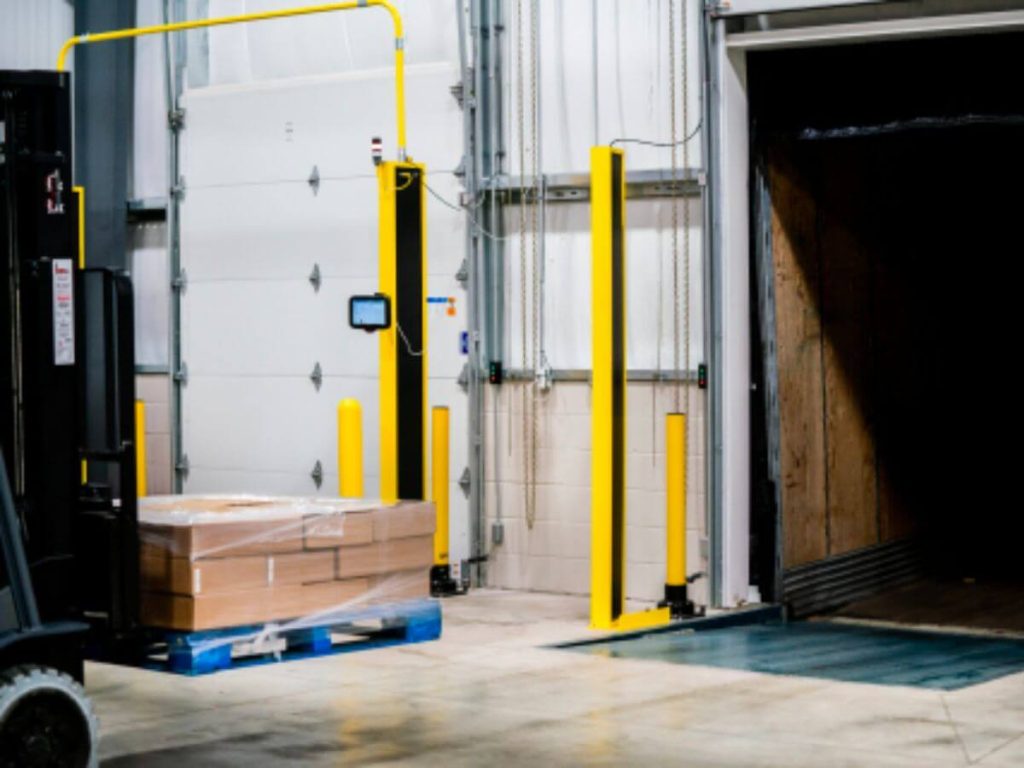
Due to the global recession 2023 has been a challenging year for the world’s economy, especially those in the ASEAN area.
However, despite these changes, Malaysia is one of the few nations in the area to have benefited in some way, as many businesses relocated their production to Malaysia to localise their supply chain and procurement teams.
To simplify company operations, meet customer demand, and reduce employment costs, many big international companies are likewise leaning toward centralising their support for procurement and supply chain services in Malaysia.
These elements, together with government assistance and the transformation of many organisations seeking to optimise their resources and processes, have resulted in a steady demand for and rise in the need for supply chain specialists in the area.
The desire for more integrated planning and business intelligence capabilities that may help organisations better manage their procurement, planning, logistics, and warehousing processes has been fueled by the emergence of innovative technologies and automation.
Due to these considerations, skills including change management, regional category management, and demand planning are now more in demand than conventional technical ones.
What Is an Inventory System and Its Importance in a Supply Chain
An inventory management system in Malaysia aids businesses in determining which merchandise to order, when and in what quantities. Inventory is tracked from product acquisition to sale. The technique recognises patterns and reacts to them to guarantee an adequate inventory to fulfil client requests and proper notice of a shortfall.
Inventory turns into revenue after it is sold. Inventory ties up cash before it is traded while being shown as an asset on the balance sheet. As a result, having less stock is expensive and lowers cash flow.
Inventory turnover is one metric for an effective inventory system. Inventory turnover is a metric used in accounting to determine how frequently stock is sold over time. A company doesn’t want to have more inventory than sales.
Deadstock, or unsold inventory, can result from a lack of inventory turnover.
Benefits of Having an Inventory System in Place

Image via zebra.com
An inventory management system is a software application designed to help businesses track, manage, and optimise their inventory levels. It offers numerous benefits to businesses of all sizes and types.
Here are some of the most significant benefits of having an inventory management system:
Accurate Inventory
Systems for inventory management assist organisations in tracking goods, manage assets, and fulfilling orders. These systems keep an eye on every item that enters and leaves the business throughout manufacturing, storage, and sales.
Inventory management systems are many point-of-sale systems which can handle payments and sales and interact with other point-of-sale systems. Businesses with more precise inventory control may spend less on internal inventory management while building stronger ties with clients and partners.
Reduced Costs
Systems for managing inventory help businesses cut expenses by avoiding overstocking. A company may guarantee customer sales orders and avoid backorders when it has an accurate inventory count.
Overstocking can result in unforeseen expenditures for businesses as they frequently store their goods in rented or leased storage space. The storage space costs increase if it takes months or weeks to get rid of the excess stock.
Greater Automation
When companies employ software to automate certain activities, automation happens. By using inventory management software, businesses may automate the procedure to lower mistakes, lower labour expenses, and provide more precise stock counts.
Automation lessens a business’ reliance on human labour and, over time, improves the effectiveness of the inventory management process.
Higher Productivity
Utilising inventory management software helps increase production rates for businesses. Businesses may concentrate on generating higher-quality items faster as there are fewer inventory mistakes.
The company can then reallocate employee hours to other duties to enhance operations and boost output. This guarantees that businesses are making the most of their staff.
Reduced Human Errors
An inventory management system significantly reduces the likelihood of human error. It is widely recognised that human error, despite numerous safeguards, is an inherent risk in any operation. In a dynamic business environment where multitasking is frequently required, the probability of errors increases.
By implementing an inventory system, these potential errors are effectively mitigated. Utilising precise digital monitoring and real-time updates, the system ensures comprehensive oversight. Each item of inventory is accurately recorded and readily available for review. This approach leads to unprecedented levels of transparency in inventory management.
Improved Customer Experience
An organised and precise inventory management system may enhance the client experience.
Customers are happier when orders are filled by businesses swiftly and precisely. This degree of customer care may strengthen the company’s and its clients’ bond by fostering more customer loyalty and trust.
As more people utilise your items, this contributes to developing a more positive brand image and may result in higher earnings.
Challenges Facing Inventory Systems in Supply Chain
While inventory management systems offer many benefits, there are also several challenges that businesses face when implementing and using them. Here are some of the most common challenges facing current inventory management systems:
- Integration with Other Systems: Inventory management systems must often integrate with other systems such as accounting, point of sale, and shipping systems. Integrating these systems can be complex, especially if the systems are from different vendors or use different inventory data formats.
- Scalability: As businesses grow, their inventory management needs also grow. Scaling up an inventory management system can be challenging, especially if the system was not designed with scalability in mind.
- User Adoption: Another challenge is getting employees to use the system effectively. If employees do not use the system properly or consistently, it can lead to inaccuracies and inefficiencies.
Implementation of an Inventory System in Malaysia using RFID

Image via zebra.com
Radio Frequency Identification (RFID) technology is an excellent tool for implementing an inventory system in Malaysia. RFID uses radio waves to communicate with tags attached to items in the inventory, making it easier to track the location and stock movement.
As items are moved around the inventory, the RFID readers will automatically update the system, providing real-time information to the inventory. This makes it easier to manage inventory, as employees can quickly locate inventory items and monitor stock levels.
Inchz IoT offers cutting-edge inventory management solutions that can take your business to the next level. Our Antz platform for warehousing can help you track inventory accurately, improve efficiency, and save time and money.
We provide high-quality hardware and software solutions, as well as exceptional customer service and technical support. Contact us today to learn more about how our system can benefit your business.
